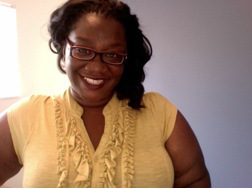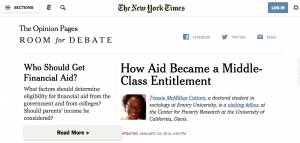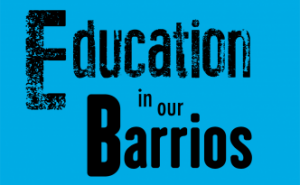When your area of scholarly expertise becomes part of a news cycle, you have a chance to jump in and add your perspective to the conversation. You may be burning to refute an argument or clarify a popular opinion or, more ambitiously, change the direction of a longer conversation. However, it can be hard to know how to do just that. Here are a few simple tips to help you get started.
An excellent way to bring your work and perspective to a broader audience and inform public opinion is to write Op-Eds for mainstream publications. In this post, I’ll give some basic guidelines for writing Op-Eds that effectively present your academic work and link it to the topic of the moment (or longer!).
The challenge for many academics is striking a balance between the complexities of a subject and making it accessible to an intelligent public. Academics are fluent in the language of expertise. We often define this in terms of our discipline, sub-discipline, and methodological practices. But even smart, informed readers cannot be expected to know disciplinary ins-and-outs, (and they may not care).
For example, labor experts who focus on intersectionality may have significance among our tribe, but that can mean very little to readers of the Washington Post. However, if that labor expert can link her specific niche to broader issues of public concern, it will have far more meaning to the average reader. For example, her scholarship can inform issues about gender wage gaps, criminal background checks on hiring practices, and the decline of the black middle class. Those are all issues generally understood and hotly debated in the media.
Whichever media outlet you pitch a piece to or its subject matter, an Op-Ed should: 1) establish your credibility 2) argue for a compelling point-of-view and 3) consider counter-perspectives.
It should also follow a general structure. The one presented here is recommended by The Op-Ed Project, a great organization that seeks to increase the range of voices and quality of ideas we hear in the world, especially from women. An Op-Ed should have:
- Lede: Establishes why and for what this Op-Ed matters, and it needs to be pegged to a news hook;
- Thesis: Statement of your argument, either explicit or implied;
- Argument: Based on evidence, such as stats, news, reports from credible organizations, expert quotes, scholarship, history, first-hand experience;
- “To Be Sure” Paragraph: In which you pre-empt potential critics by acknowledging any obvious counter-arguments;
- Conclusion: Have a clear ending, and if you can, circle back to your lede.
Your lede should be brief, to-the-point, and make the connection to the news hook clear. If you are a labor sociologist, it is clear how your argument relates to that a news story on disparities in earnings. At other times, the connection can be less clear, but no less compelling. For example, a labor sociologist could just as easily use a popular movie like The Wolf of Wall Street to discuss gender, sexism and financialization during the 1980s.
In either case, your lede should establish who you are, why you are talking about this topic, and how it relates to a news item of interest. To present who you are and why you are talking to this subject, you should establish your credibility very early on. One way to do this is to lead with your baubles. Consider every title, position, and publication you hold and highlight the ones that best represent you and the relevance for the topic. Each of these signal to editors and a general audience that you are expert. This is analogous to using citations efficiently in an academic article.The primary difference is that general audiences generally do not want a literature review or bibliography. Instead, they need to trust that you know the literature. To establish that; speak to who you are rather than what you know.
The thesis, argument, counter-argument, and conclusion are more self-evident. Just remember to stick to one point, make the connections between each piece of evidence clear for your audience, and do not rely on jargon. A well-crafted Op-Ed, written by an expert who can translate relevant research for a broad public audience is both attractive to a media outlet and a valuable contribution to public intellectual life.
 ~ This blog post was written by Tressie McMillan Cottom (@tressiemcphd),a PhD Candidate in Sociology at Emory University and a PhD Intern at the Microsoft Social Media Collective in Cambridge, MA. She has written Op-Eds for the New York Times (here and here) and is a regular columnist for Slate Magazine. More of her writing can be found on her website here.
~ This blog post was written by Tressie McMillan Cottom (@tressiemcphd),a PhD Candidate in Sociology at Emory University and a PhD Intern at the Microsoft Social Media Collective in Cambridge, MA. She has written Op-Eds for the New York Times (here and here) and is a regular columnist for Slate Magazine. More of her writing can be found on her website here.













